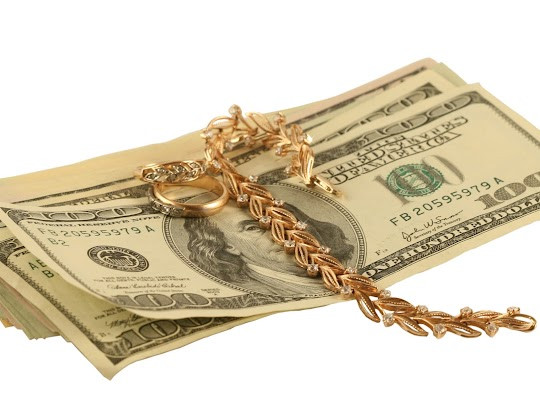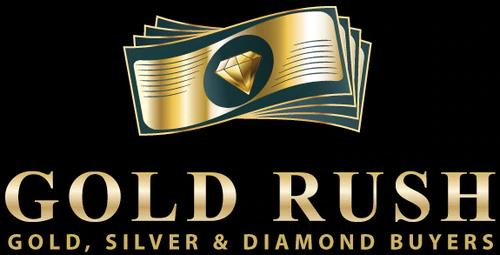How Do I Know if My Jewelry Is Worth Anything?
Whether you are cleaning out your jewelry box, sorting through the things of a loved one, or just hitting the jackpot at a thrift store or estate sale, it’s always worthwhile to figure out what your jewelry is worth. Though it’s not always obvious, and some pretty well-crafted fake precious metals are in circulation, there are a few quick and easy ways that tend to be spot on for checking if your jewelry is the real deal.
What Types of Precious Metals Are There?
It’s essential to understand what materials would be considered valuable, genuine precious metals. Fine jewelry is traditionally made out of gold, platinum, and silver, each with several variations. Gold comes in 22K, 18K, 14K, and 10K, the K meaning karat, which refers to the amount of solid content in a gold alloy. The higher the karat, the more pure the gold. Platinum comes in 950 or 900, which also refers to the purity of the metal. Silver is the least valuable of the three metals and typically comes in 925, meaning it’s made of 92.5% silver and 7.5% alloy, or 800, meaning it’s made of 80% silver and 20% alloy.
Inspect for Wear and Tear
Take a close look at your jewelry and inspect for discolorations, knicks, and scratches. Costume jewelry wears like costume jewelry, and authentic jewelry is of a much higher quality and therefore shows fewer signs of wear and tear, especially over time. Discoloration in especially worn-out spots is often evidence that jewelry is plated because jewelry made of solid precious metals would be the same color throughout. Though it’s not a hard and fast rule, often precious metals will weigh significantly more than their inexpensive counterparts.
Check for Hallmarks
Sometimes the answer is already written inside of or on your jewelry. Most of the time, fine jewelry will have some hallmark expressing the kind of material from which the piece has been made. For example, a necklace might have a marking on the clasp that says “14k,” or a ring might have an engraving that says, “925. Sometimes, the hallmark might even disclose where the piece of jewelry has been made. The hallmark may not always be visible to the naked eye; you may want to use a magnifying glass, eyeglasses, or a jeweler’s loupe to inspect your jewelry thoroughly. Additionally, if a piece of jewelry is more than a century old, you may find that the hallmark has worn off completely.
Inspect the Settings
If your jewelry has stones, inspect the settings– specifically the prongs– to determine the quality. High-quality jewelry made from genuine precious metals often has stones set by carefully crafted prongs. Cheaper alternatives use glue to hold stones or jewels in place. Fine jewelry relies on craftsmanship instead of adhesives to secure rocks and gems. Once again, it may be helpful to use a jeweler’s loupe or a magnifying glass to inspect more intricate, delicate pieces.
Use a Magnet
Genuine gold and sterling silver do not attract magnets. One of the easiest ways to find conspicuous costume jewelry is simply using an interest. If your jewelry is pulled toward it, you can be sure it’s not made of genuine precious metals. For jewelry with a clasp, check both the pin and the chain, as they can and are often made of different materials. Alloys are drawn to the magnet, so even jewelry plated with gold will fail the magnet test. A stronger attraction leads to more concrete results.
Ask an Expert
If, after you’ve conducted a few or all of these tests, you remain unconvinced or uncertain, the best thing you could do is ask an expert. Professional jewelers have many other techniques, which are more technically advanced, to discern between genuine precious metals and costume jewelry. Cash for gold locations like Gold Rush Denver in Denver, CO, offer years of experience and the ability to sell jewelry on the spot. If your jewelry turns out to be the real deal, those same experts can give you a realistic estimate of what your jewelry is worth. Whether you choose to hang on to it or sell it, it’s always worthwhile to know the actual value of the jewelry in your possession.






















